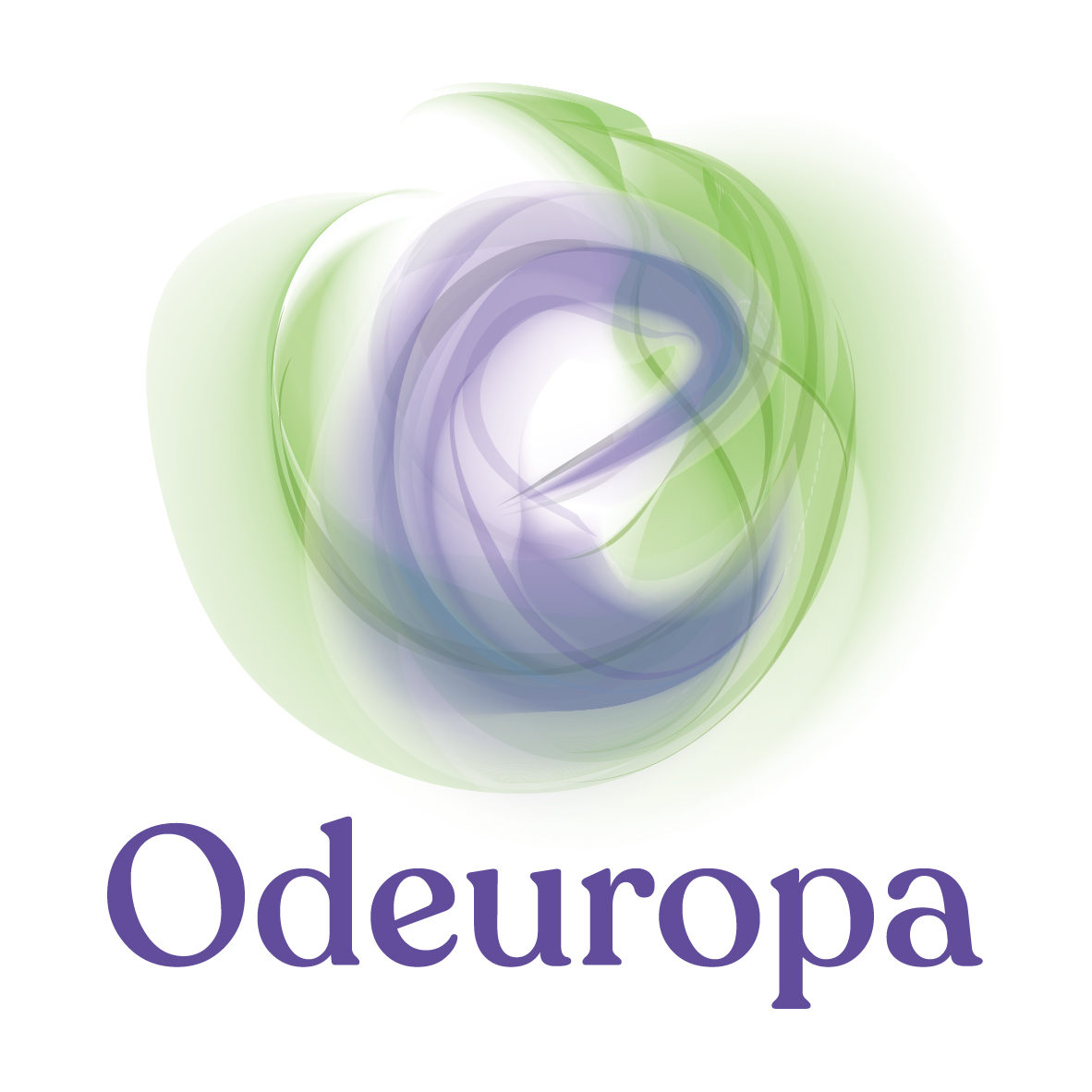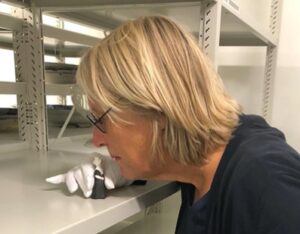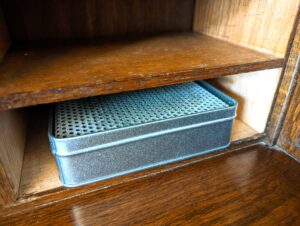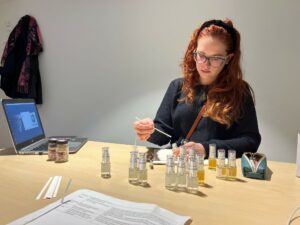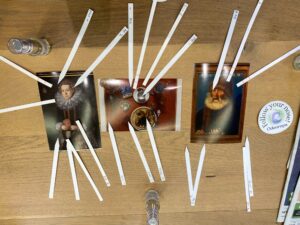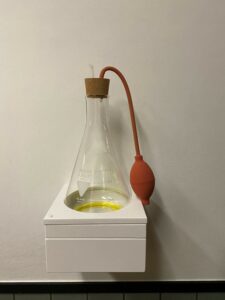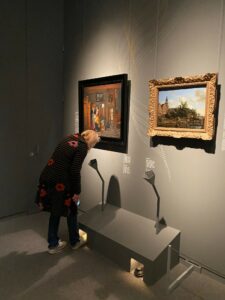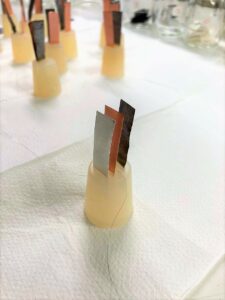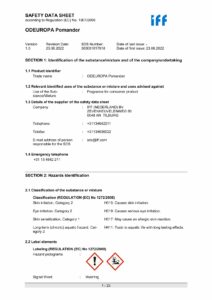
Olfactory Storytelling Toolkit Resources for Olfactory Event Development
Throughout the development of Odeuropa’s olfactory events, we discovered that there were many processes of olfactory storytelling that were particularly challenging to achieve without specific knowledge and expertise. We find that certain processes are especially difficult due to their interdisciplinary nature and joining together of different minds. For cases like this, we created 11 downloadable resources to make the process of developing an olfactory event smoother.
Each section of the Olfactory Storytelling Toolkit: A ‘How-To’ Guide for Working with Smells in Museums and Heritage Institutions has these additional downloadable resources that we encourage you to use for your own olfactory event. Note that these resources are not published in the main How-To guide but are to be explored and downloaded via the links below:
OST Resources for Section 1: Curating Olfactory Narratives
OST Resource 1 – Storyboarding. Cards to Design Olfactory Narratives: This form helps the user think about how scents link to the items, main themes, and storylines within their collection. The fill-in worksheet is designed for printing and cutting and offers a series of pro-forma cards that can be filled in and moved around as desired.
OST Resource 2 – Olfactory Keywords: Olfactory Keywords (OST Resource 2) is a list of smell terms in English. Digital collections hold a lot of items with olfactory relevance, however, many of us are not equipped with the vocabularies or keywords to find these items. This list assists users in navigating digital collections and provides them with specific vocabulary words to search for.
OST Resource 3 – Odeuropa’s ‘Nose-First Art Historical Odour Wheel’: This resource offers a fun and simple way for users to find olfactory stories in their collections. The odour wheel starts with scent families in the first ring, which connects to odourants in the second ring, and specific artworks and artefacts in the third ring, ending with an outer ring connecting to Iconclass codes. Iconclass is a database that many GLAM institutions use to categorise and name their collection items and metadata.
OST Resource 4 – Smellwalk Form: This form can be used when conducting smellwalks. The document helps the leader of the smellwalk lead participants through the smellwalk process and know what to ask these individuals to reflect upon completion. The form was developed by Victoria-Anne Michel as part of her PhD research in Odeuropa.
OST Resource 5 – Guidelines for Using Smellwalks for Olfactory Storytelling: This guideline is to inform the process of carrying out smellwalks in and around heritage institutions. Heritage professionals can use this guide to train themselves and each other to prepare for and conduct smellwalks.
OST Resources for Section 2: Creating a Heritage Scent
OST Resource 6 – Heritage Scent Design Brief: This form assists cultural heritage professionals, historians, and researchers through the process of making a scent for the use of olfactory storytelling. It outlines all the information necessary for a scent designer/perfumer to make a smell interpretation intended for the use of olfactory storytelling. This brief is part 1 of a 2 part scent development process.
OST Resource 7 – Heritage Scent Design Brief Example of Use: This resource is a completed Heritage Scent Design Brief (OST Resource 6) for Odeuropa’s Liberty Smells project. The resource is meant to act as an example of use and assist the user’s own completion of a Heritage Scent Design Brief.
OST Resource 8 – Heritage Scent Development Report: This form provides the opportunity for the scent designer to reflect on the creation of a scent intended for olfactory storytelling. This includes the process and the materials used for the smell creation. The document is to be filled out by the scent designer. This report is part 2 of a 2 part scent development process.
OST Resource 9 – Heritage Scent Development Report Example of Use: This resource is a completed Heritage Scent Development Report (OST Resource 8) for Odeuropa’s Liberty Smells project. The resource is meant to act as an example of use and assist the user’s own completion of a Heritage Scent Development Report.
OST Resource 10 – Guidelines for Evaluating Heritage Scent Creations: This guideline is to inform the process of carrying out the evaluation of heritage scent creations made for the purpose of olfactory storytelling. We propose three different evaluation schemes: an isolated evaluation, a contextualised evaluation, and a peer review evaluation.
OST Resources for Section 3: Olfactory Event Design
OST Resource 11 – Guidelines for Conducting Olfactory Guided Tours: This guideline is to inform the process of conducting olfactory guided tours in heritage institutions. Heritage professionals can use this guide to train themselves and each other to prepare for and conduct olfactory tours.
Section 4: Accessing Risks
Section 4: Accessing Risks does not have any connected resources; however, the written section presents three different Case Studies with considerations for accessing risks.
For more information about the licensing and how to source this publication, please view the Zenodo record for the Olfactory Storytelling Toolkit: A ‘How-To’ Guide for Working with Smells in Museums and Heritage Institutions.
The Olfactory Storytelling Toolkit: A ‘How-To’ Guide for Working with Smells in Museums and Heritage Institutions was co-authored by Sofia Collette Ehrich, Inger Leemans, Cecilia Bembibre, William Tullett, Caro Verbeek, Georgios Alexopoulos, Lizzie Marx and Victoria-Anne Michel.
The entire guide was designed by Mijke Wondergem.
